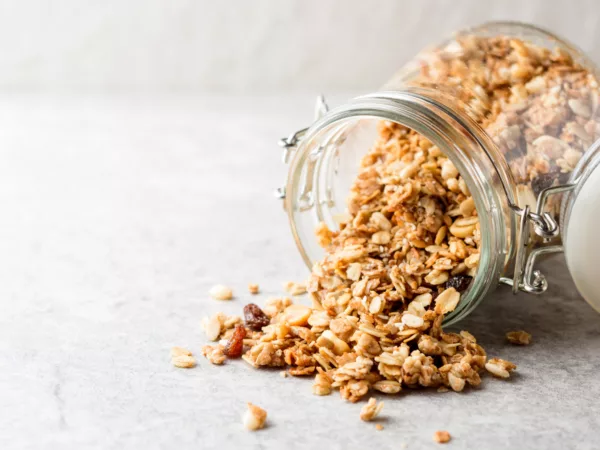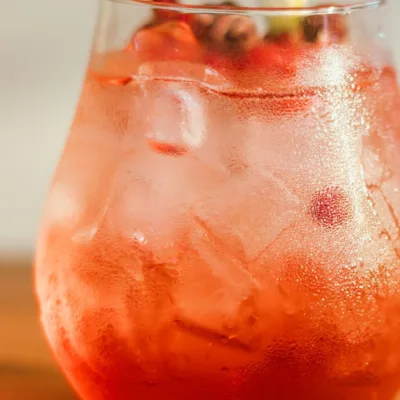The Health Star Rating (HSR) is a front-of-pack labelling system governed by the Ministry for Primary Industries (MPI). Its key purpose is to provide the consumer with convenient, easy-to-understand information about the product’s healthiness to assist better-eating choices. The Food and Beverage Industry is responsible for providing consumers with healthy options. The HSR system can act as a guide to help encourage healthier formulations.
Usage and Uptake of the HSR
To be considered ‘healthy’, an HSR of 3.5 or above is required. However, in New Zealand, only 22% of snack foods, 12.5% of biscuits and 23% of cereals and nut bars achieve this rating (1), identifying an opportunity for formulation improvement.
Usage of HSR on packaged foods has steadily increased since its 2014 introduction in New Zealand and Australia. The system remains voluntary; however, if it continues to prove beneficial as a tool for improving consumer health, then enforcement of the labelling system may be considered.
Uptake will be measured against the targets below (2):
- 50% uptake across intended products by 14 November 2023
- 60% uptake across intended products by 14 November 2024
- 70% uptake across intended products by 14 November 2025
Calculating the HSR of your Formulation
It is simple for manufacturers to adopt the HSR without any changes to the formulation. Firstly, figure out which of the six categories your product belongs to (see list below).
The six HSR categories are:
(1) Non-dairy Beverages, jellies, and water-based ice confections
(1D) Milk and Dairy Beverages (and alternatives)
(2) Foods
(2D) Dairy foods (and alternatives)
(3) Oils and Spreads
(3D) Cheese
The calculation for each of the categories is slightly different. Calculations are based on nutrient content per 100g or 100mL of product. High amounts of energy, saturated fat, total sugars and sodium will generally reduce the score. In contrast, protein and fibre will increase the score. In addition, including fruits, vegetables, nuts and legumes (FVNL) will give positive points towards a higher HSR (3).
The next step is to input your ingredient and nutrition information into the calculator to find your result. If your result isn’t looking too flash, it might be a good time to consider reformulating.

Reformulating for a Better HSR
Some quick examples of simple ways to improve an HSR are:
- Switching coconut oil (high in saturated fat) for canola oil (low in saturated fat)
- Adding a source of protein
- Replacing some sugar with a fibre source and natural sweetener
As we know, it’s not always as easy as a simple substitution. The taste, texture and overall sensory experience of a product are essential when formulating. We don’t want to compromise this when formulating for a better HSR. Cost is another one to keep in mind. The problem is that ingredients high in energy, saturated fat, sugar or sodium are often the ones that give a great sensory experience and typically are lower in cost. It can be challenging to reformulate your product to keep these baseline nutrients low for an improved HSR and maintain that optimum sensory experience.
Difficult…but not impossible.
If you’re looking to improve your HSR for a healthier product consumers will love, our team at Hawkins Watts has the experience and ingredients to help.
Sources:
(1) State of the Food Supply New Zealand 2019 – University of Auckland.
(2) Industry HSR Fact Sheet – www.healthstarrating.gov.au
(3) How Health Star Ratings work | Food safety at home | NZ Government (mpi.govt.nz)
If you’re looking to improve your HSR for a healthier product consumers will love, our team at Hawkins Watts has the experience and ingredients to help.




